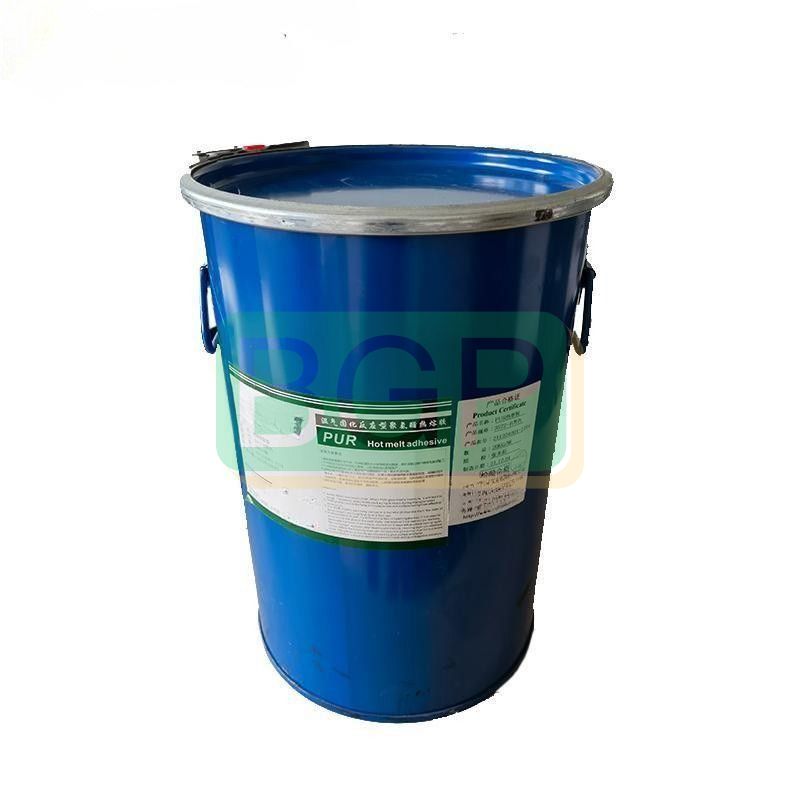Jun. 14, 2023
Chemicals
Hot melt adhesive, also known as hot glue, is a versatile and popular type of adhesive used in various industries and applications. It is a thermoplastic adhesive that is melted to a liquid state and then applied to the desired surfaces. Once cooled, it solidifies and provides a strong bond. In this article, we will explore the characteristics, uses, and advantages of hot melt adhesive.

Hot melt adhesive is composed of synthetic polymers that have a high molecular weight. It is available in the form of solid cylindrical sticks, pellets, or granules. These materials are loaded into a hot melt glue gun or other application equipment, where they are heated to a molten state.
The molten adhesive is then applied to the surfaces that need to be bonded together. As it cools down, it solidifies and creates a strong and durable bond. Hot melt adhesive has a quick setting time, which makes it ideal for high-speed manufacturing processes.
Hot melt adhesive finds applications in various industries, including:
Packaging: Hot melt adhesive is extensively used in the packaging industry for sealing cartons, boxes, and trays. It provides a secure bond and ensures that the packages remain intact during transportation and handling.
Woodworking: Hot melt adhesive is commonly used in woodworking for bonding wooden components together. It is suitable for bonding different types of wood and provides a strong bond that can withstand the stresses of woodworking applications.
Textile and Apparel: In the textile and apparel industry, hot melt adhesive is used for fabric lamination, hemming, and seam sealing. It provides a durable bond and enhances the performance and durability of textile products.
Electronics: Hot melt adhesive is employed in the electronics industry for bonding components, wire tacking, and potting. It offers good electrical insulation properties and protects electronic assemblies from moisture and vibration.
Hot melt adhesive offers several advantages over other types of adhesives:
Fast-setting: Hot melt adhesive sets quickly, which increases productivity in manufacturing processes.
Versatility: It can bond a wide range of materials, including wood, metal, plastic, fabric, and foam.
Strong bond: Hot melt adhesive creates a strong and durable bond that can withstand harsh conditions.
Clean and easy to use: It does not require additional solvents or mixing, making it convenient and user-friendly.
A1: Yes, hot melt adhesive can provide a waterproof bond when used correctly. It forms a strong seal that prevents the passage of water.
A2: Yes, hot melt adhesive is commonly used in the textile industry for fabric bonding, lamination, and hemming.
A3: The resistance of hot melt adhesive to high temperatures depends on the specific formulation. There are heat-resistant hot melt adhesives available for applications that require elevated temperature resistance.
A4: Hot melt adhesive generally cannot be easily removed once it has set. However, some specialized removers and techniques can help in certain situations.
Hot melt adhesive is a versatile and reliable adhesive that offers numerous advantages in various industries. Its fast-setting nature, strong bond, and versatility make it a preferred choice for bonding applications. Whether it's packaging, woodworking, textiles, or electronics, hot melt adhesive provides an efficient and effective bonding solution. Understanding its properties and applications can help industries and individuals make informed decisions when choosing an adhesive for their specific needs.
If you are interested in sending in a Guest Blogger Submission,welcome to write for us!
All Comments ( 0 )